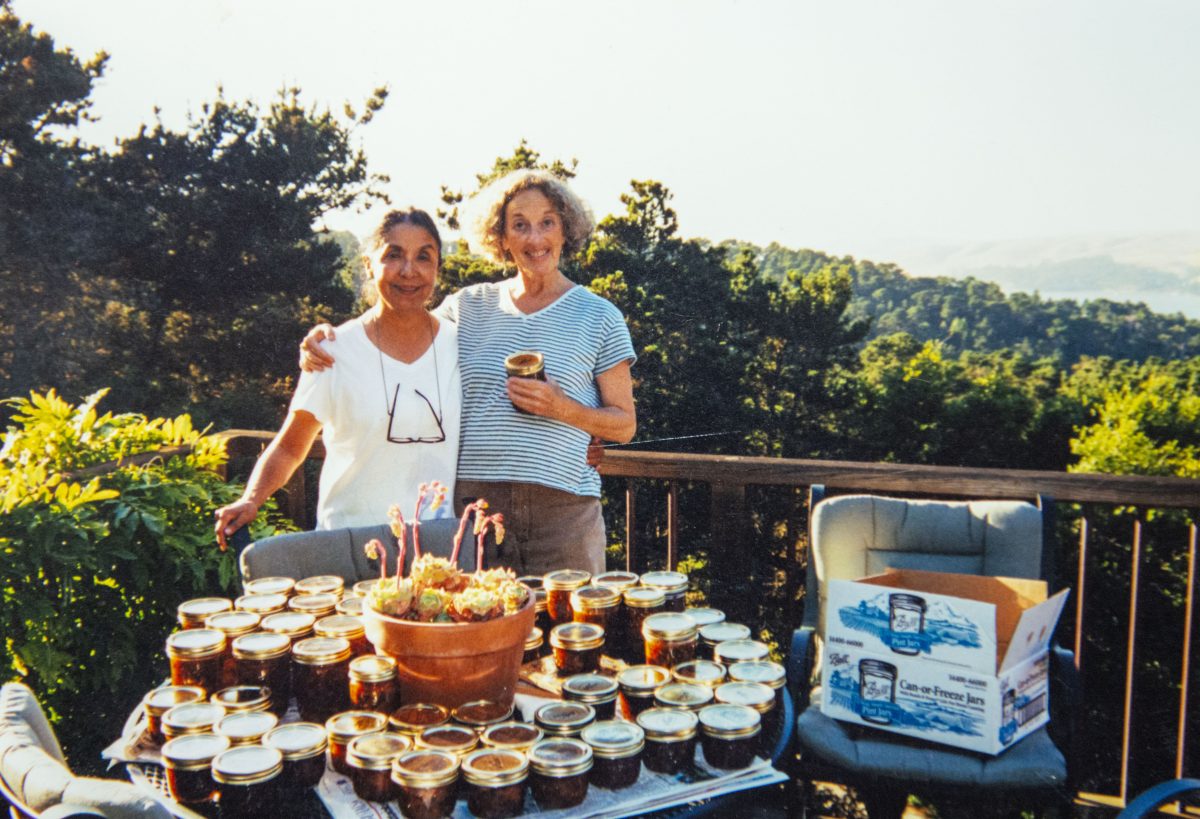Sitting across the kitchen table from each other, at opposite ends of the same cutting board, Rebecca Porrata and Suzanne d’Coney are making apricot . . .
Time for apricots


Sitting across the kitchen table from each other, at opposite ends of the same cutting board, Rebecca Porrata and Suzanne d’Coney are making apricot . . .